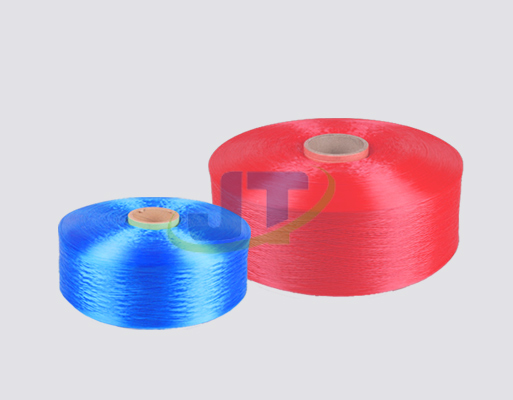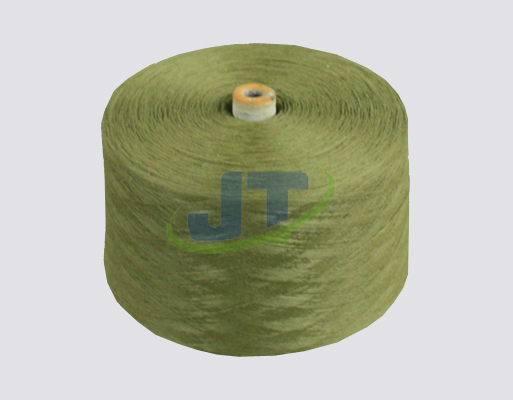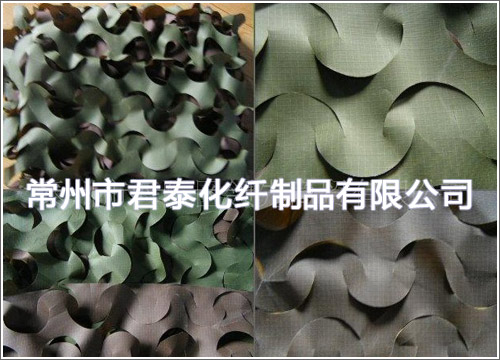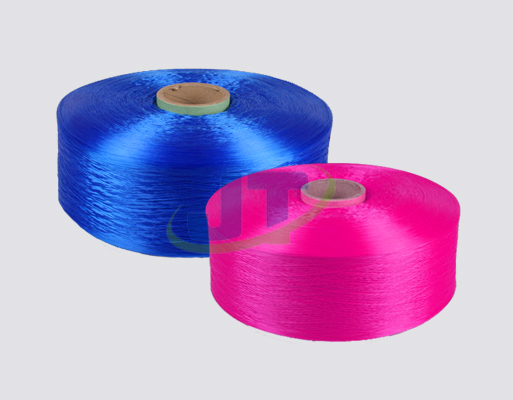

- Tel:0086-519-83783531
- cel:0086-13961177625
- E-mail:jianglijing1022@126.com
- add:cheng zhang Jia zeTown Wujin District, Changzhou City, Jiangsu Province
According to a report by the "Customs News" on November 20, the General Administration of Customs of Vietnam recently announced that as of the end of October, Vietnam's total imports reached 210.3 billion US dollars, a slight increase of 0.3% year-on-year, equivalent to a net increase of 661 million US dollars.
In the first 10 months, the most important commodities imported were: electronic parts, raw materials for the production of textiles, clothing and footwear, and machinery and equipment. Among them, the import of electronic products and parts reached 51.27 billion U.S. dollars, a year-on-year increase of 20.2%, equivalent to a net increase of 8.61 billion U.S. dollars.
Imports of machinery, equipment, tools and accessories amounted to US$29.77 billion, down 0.6% year-on-year, but still ranked second. China is the largest import market for such commodities, with imports amounting to USD 13.14 billion, a year-on-year increase of 10%. South Korea came in second with US$4.9 billion, down 4.1%; Japan ranked third with US$3.7 billion, down 6%.
Imports of textile and apparel raw materials (including cotton, textile fibers and yarns, various types of cloth, and accessories for textiles, clothing, leather and footwear, etc.) amounted to 15.46 billion U.S. dollars, a year-on-year decrease of 13.5% and a net decrease of 2.7 billion U.S. dollars. China is still the largest import market. Despite an 8% drop, it still accounts for 50% of the total imports.
Vietnamese textile and garment companies still face a shortage of 8 billion meters of domestic fabrics
Vietnam’s underdeveloped fabric production makes it difficult for textile and clothing companies to obtain sufficient benefits from free trade agreements including the EU-Vietnam Free Trade Agreement (EVFTA). The domestic fabric industry produces approximately 2.3 billion meters of fabric each year, which only meets a quarter of the country's needs.
Vietnam imported more than 7 billion meters of fabrics from China, Taiwan, and South Korea for production and export. The textile and apparel industry exports nearly 40 billion U.S. dollars worth of products each year, and requires about 10 billion meters of fabric each year.
According to data from the Ministry of Industry and Trade, domestic materials used by Vietnamese textile and garment enterprises only account for 40-45% of all materials. In 2019, Vietnam imported approximately US$13 billion worth of fabrics for the textile and apparel industry. A report in a Vietnamese newspaper stated that the amount of fabric produced in the country is usually used to make low-to-medium-quality clothing, which usually does not meet the requirements of exporters.
According to Tran Tuan Anh, Minister of Industry and Trade, the country’s cotton, fiber and dye production cannot meet the needs of the textile and clothing industries. Lack of sufficient attention to dyeing technology and environmental protection to develop the textile dyeing industry, so companies are reluctant to invest in textile production or form apparel design start-ups.
Vietnam’s textile and clothing industries are mainly concentrated in manufacturing, with low added value. Truong Van Cam, vice chairman of the Vietnam Textile and Apparel Association, said that due to the lack of fabrics, the FTA's rules of origin make it more difficult for companies to use its value. Investment in fabric production faces challenges, including lack of capital and expensive technology. As a result, although exports of textile and clothing industries have increased over the years, imports of fabric materials have also increased. According to the association, the industry needs approximately US$30 billion in investment to produce the remaining 8 billion meters of fabric.
Encountered export difficulties, the import of raw materials from China was interrupted
Vietnam's textile and garment industry is hardest hit by the epidemic
Vietnam's "Industry and Trade Electronic News" recently reported that Vietnam's textile and apparel exports in the first 10 months are expected to be 24.76 billion U.S. dollars, down 9.3% year-on-year. The annual export is expected to be USD 33-35 billion, down 10% year-on-year. Even if the textile and apparel export market is recovering, it is still difficult to achieve the goal set at the beginning of the year.
The textile and apparel industry is the industry that has been hit hardest by the new crown epidemic in Vietnam. The Vietnam Textile and Apparel Association stated that the new crown epidemic has caused export difficulties to the Vietnamese textile industry and the suspension of imports of raw materials from China.
Nowadays, according to Vietnamese media reports, export orders in several main fields of Vietnam's textiles, clothing, footwear, and electronics have gradually recovered, which is expected to make up for the sharp decline in exports this year. According to the IHS Markit business information analysis and provision company, Vietnam’s Purchasing Managers Index (PMI) in October reached 51.8, down from 52.2 in September, but this was a major improvement in the production sector for two consecutive months.
Andrew Hacker, Economic Director of IHS Markit, said that the recently released Purchasing Managers Index proves that as long as my country does well in epidemic prevention and control as in the past, the production sector will begin on a solid basis in the last quarter of this year, optimistic. Will continue.
According to statistics, the success of my country's national defense control epidemic has increased customer demand. As a result, new orders increased in the second month, and output increased accordingly.
Orders have returned, but the number is not large because importers are still cautious and the purchasing power of the market is still weak, because Vietnam's main import market is being affected by the epidemic.
In addition, the epidemic has slowed down payments, so export companies face more risks. Ruan Zhizhong, chairman of Jiading Group Co., Ltd., said that before the outbreak, it only took 60 days from delivery to collection. However, after the epidemic spread, the payment time was extended, causing the company to encounter difficulties in capital turnover. Chairman Ruan Zhizhong said: "Customers pay slowly, so companies are encountering many difficulties. The epidemic has greatly affected the company's financial capabilities."
Century Fiber Co., Ltd. is a large enterprise exporting fiber. It has worked hard but it is inevitable to decline. In the first three quarters of this year, the company's net sales revenue reached nearly 11197 billion VND and net profit reached 75 billion VND, down 28% and 53% year-on-year. The representative of the company believes that the company's operations are affected because the epidemic has reduced the demand for textiles and clothing.
This year, the company’s planned target is VND179.8 billion in total turnover and VND130.5 billion in after-tax profits, which are equivalent to 80.7% and 60.8% of last year's. In other words, the company's turnover in the first nine months of this year only reached nearly 67% of the annual plan target, and its profit reached nearly 58%.
- Analysis of the Production Proce
- The global oil trade is shifting
- Let's take a look at the diversi
- China is directly facing the imp
- What are the core advantages of
- In November, the decline in Chin
- What is the value of Polypropyle
- The 2025 Textile Industry Discip
- The core performance advantages
- Black Friday is becoming a perfo




